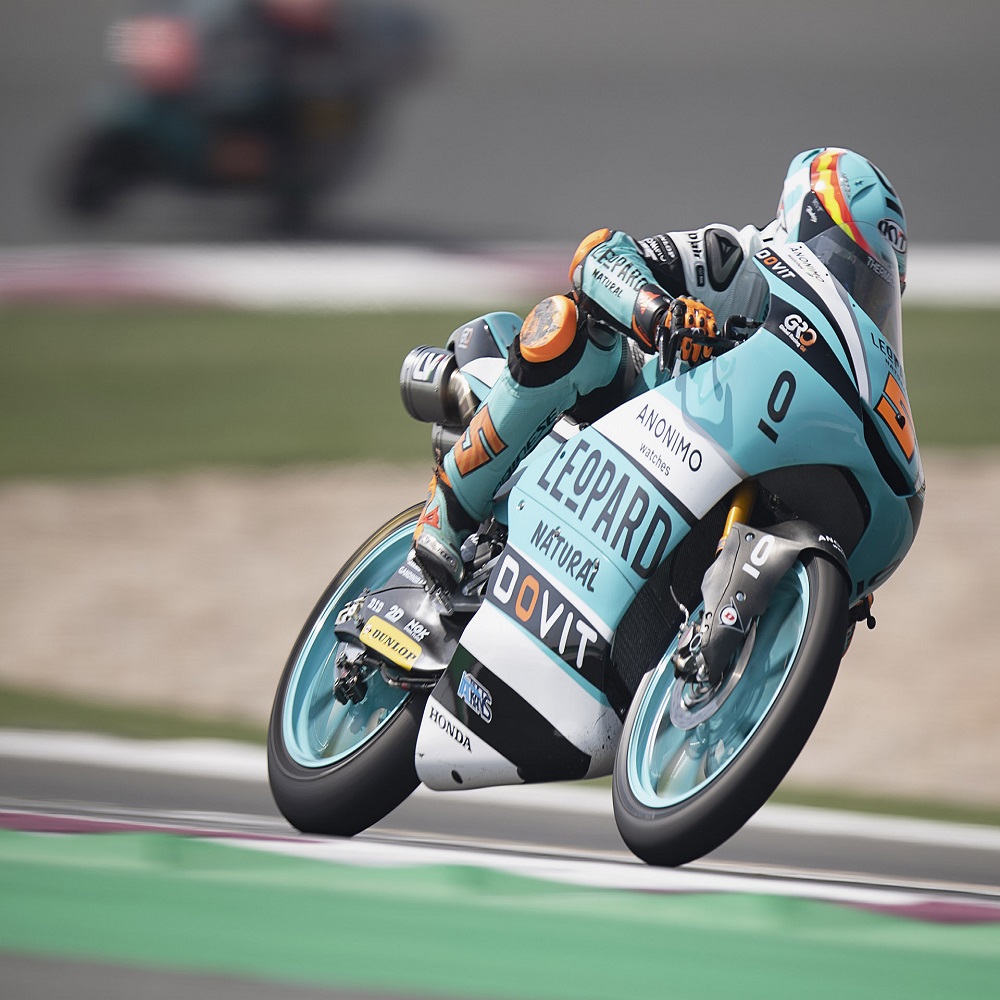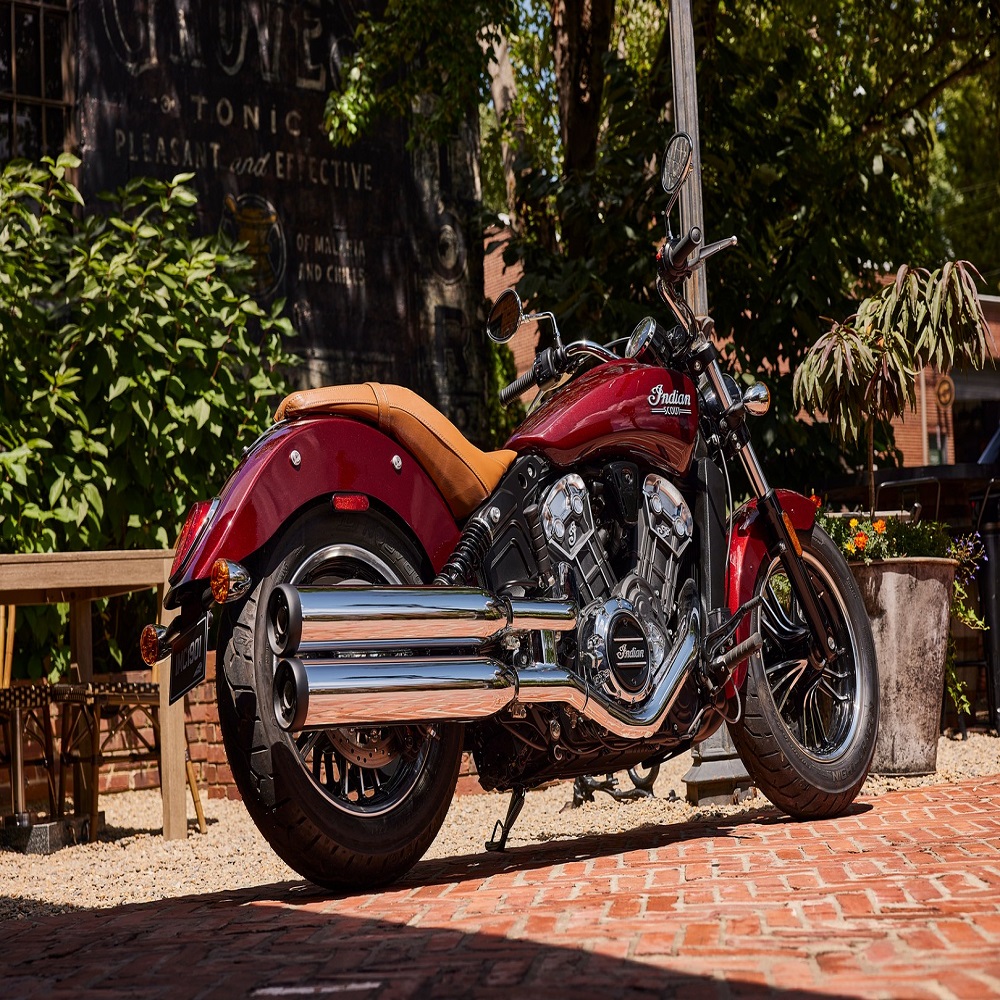Introduction
Motorcycle specs – Motorcycling is not just a thrilling way to travel; it’s a lifestyle and passion for many enthusiasts. Whether you’re a rookie rider or a seasoned veteran, understanding the essential specifications of motorcycles can significantly enhance your riding experience and help you make informed decisions about your bike. Below, we delve into the core motorcycle specifications every rider should know, providing a comprehensive guide to help you navigate the world of motorcycles.
2020 Leopard Racing 01 Qatar GP during 2020 Season of World Motorcycle Championship 2020 in Losail Circuit, Doha, Qatar © 2020 mirco lazzari mircolazzari@yahoo.it
Engine Type and Size
a. Engine Type
The engine is the heart of a motorcycle, and there are several configurations, including:
- Single-cylinder: Simple, lightweight, and easy to maintain, steeped in the classic design.
- Parallel-twin: Offers a balance of power and efficiency; common in many mid-range bikes.
- V-twin: Characterized by its unique sound and torque, popular in cruiser styles.
- Inline-three or Six: Smoothness and high RPM capability, ideal for sport bikes.
- Boxer engines: Flat engines providing low center of gravity, seen in brands like BMW.
b. Displacement
Measured in cubic centimeters (cc), engine displacement determines the power and torque produced by the motorcycle. Usually, the larger the displacement, the more power a bike generates. Common displacement categories include:
- 125-250cc: Ideal for beginners; lightweight and economical.
- 250-600cc: Perfect for commuting and casual riding.
- 600cc-1000cc: Targeting experienced riders; higher speed and power.
- Over 1000cc: For riders seeking maximum performance and long-distance touring.
Power and Torque
a. Horsepower (HP)
The power output of a motorcycle engine is typically measured in horsepower. This figure allows riders to gauge how much acceleration they can expect. Higher horsepower results in faster acceleration and better performance overall.
b. Torque
Measured in pound-feet (lb-ft), torque denotes the engine’s twisting force. It’s crucial for determining how much pulling power a bike has at various speeds. A high torque rating is especially beneficial for cruising and carrying loads.
Transmission
Motorcycles either feature manual or automatic transmissions.
- Manual Transmission: Most motorcycles come equipped with a manual gearbox requiring the rider to shift gears. This offers greater control and engagement for experienced riders.
- Automatic Transmission: These are designed for ease of use, often found in scooters and some touring bikes.
a. Gear Ratios
The gear ratios impact acceleration and top speed. Lower gears allow for quicker acceleration, while higher gears increase fuel efficiency. Understanding your bike’s gear ratios can enhance your riding experience, especially when climbing hills or riding on the highway.
Weight and Balance
a. Curb Weight
The curb weight of a motorcycle includes all fluids (oil, gas, etc.) and represents the total weight you’ll be handling. A lighter motorcycle (under 400 lbs) is easier to maneuver, making it excellent for beginners, while heavier bikes are more stable on highways.
b. Weight Distribution
The balance of weight distribution significantly affects handling. A motorcycle with a lower center of gravity (like cruisers) is generally easier to handle, while bikes with a higher center of gravity (like sportbikes) may require more effort but offer better handling at high speeds.
Chassis and Suspension
a. Frame Type
Motorcycle frames come in various designs such as:
- Steel Empirical Rigid frames: Found in simpler motorcycles, great for easy repairs.
- Aluminum frames: Lightweight and provides better handling.
- Steel Trellis frames: Combines strength and lightweight properties; often found in sport bikes.
b. Suspension
The suspension system greatly impacts ride comfort and handling. Key elements to recognize include:
- Front Forks: A suspension system absorbing shock; can be telescopic, inverted, or hydraulic.
- Rear Shocks: Provide stability and manage weight transfer during accelerations and braking.
Brakes
a. Brake Types
Most modern motorcycles have either disc brakes or drum brakes.
- Disc brakes: Offer superior stopping power and are more common in modern bikes, especially for performance.
- Drum brakes: Still found on older or simpler models; they provide adequate stopping power but can be less effective under severe conditions.
b. Anti-lock Braking System (ABS)
A feature that prevents wheels from locking during hard braking, enhancing rider safety. ABS is becoming standard in many motorcycles and is particularly crucial for new riders.
Tires
a. Tire Size
Tires influence handling and comfort. Tire specifications—the width and aspect ratio—directly affect grip and the motorcycle’s stability.
b. Tire Types
Tires come in various types designed for different riding conditions:
- Street Tires: Best for daily commuting and smooth asphalt.
- Off-Road Tires: Designed for dirt, mud, and uneven surfaces.
- Touring Tires: Made for high durability and comfort on long-distance trips.
Fuel Capacity and Economy
a. Tank Size
Measuring in liters or gallons, a motorcycle’s fuel tank capacity affects the range of the bike. Bigger tanks offer more distance between fill-ups, suitable for touring bikes.
b. Fuel Economy
Measured in miles per gallon (MPG), understanding the fuel economy can help calculate the overall cost of ownership. On average, motorcycles can provide fuel economy ranging from 30 to 60 MPG.
Ergonomics and Seat Height
a. Seat Height
This measurement dictates how easy or challenging it is for a rider to touch the ground while seated on the bike. A lower seat height increases comfort and control for shorter riders but can compromise handling in terms of speed.
b. Rider Position
Different motorcycles have distinct riding positions, affecting comfort and long-distance capability. Cruisers encourage a laid-back position, while sport bikes demand a more aggressive crouch.
Safety Features
a. Traction Control
An essential feature on higher-end models prevents wheel spin during acceleration, providing added safety in slippery conditions.
b. Electronic Stability Control
Similar to cars, motorcycles equipped with this feature can help maintain stability during extreme maneuvers.

Types of Motorcycles
Before diving into the specifics, it’s crucial to understand the various types of motorcycles available. Each category serves different purposes and offers distinct specs.
- Cruisers: Known for their low seats and relaxed riding position. Commonly powered by V-twin engines.
- Sportbikes: Designed for speed and agility, these motorcycles feature high-performance engines, aerodynamic designs, and advanced suspension setups.
- Touring Bikes: Equipped for long-distance travel with comfortable seating, large fuel tanks, and space for gear. They often come with advanced technology like GPS and audio systems.
- Adventure (ADV) Bikes: Versatile bikes built for on- and off-road riding. They often have rugged features and long suspension travel.
- Standard/Naked Bikes: Combines elements from various styles to offer a versatile and comfortable ride suitable for everyday commuting.
Key Specifications
Understanding motorcycle specs revolves around a few critical areas. Let’s explore them in detail:
Engine Displacement
Engine displacement, measured in cubic centimeters (cc), indicates the size of the motorcycle’s engine. Larger engines typically produce more power, but this can also mean added weight and reduced fuel efficiency. For instance:
- 250cc – 500cc: Generally considered entry-level. Suitable for beginners seeking manageable power.
- 600cc – 800cc: Offers a balance between power and agility, suitable for experienced riders.
- 1000cc and above: Designed for high-performance riding, typically seen in sportbikes and touring models.
Horsepower and Torque
- Horsepower: Represents the engine’s power output. Higher horsepower generally equates to faster acceleration and higher top speeds.
- Torque: A measure of the engine’s twisting force. High torque at low RPMs allows for better acceleration from a stop and is particularly vital for cruisers and tourers.
Understanding the balance between horsepower and torque helps riders select a motorcycle suited to their riding style.
Weight
A motorcycle’s weight influences handling, performance, and comfort.
- Dry Weight: The weight of a motorcycle without fluids (like oil and fuel). Generally, sportier bikes are lighter for agility.
- Wet Weight: The weight of a motorcycle with all fluids, ready to ride. Heavier bikes may offer stability but could affect maneuverability.
Suspension
The suspension system affects ride comfort and handling.
- Front Suspension: Typically either telescopic forks or inverted forks. Inverted forks offer better performance but are often more expensive.
- Rear Suspension: Can be either monoshock or dual shock. A well-tuned suspension provides comfort and improved handling.
Understanding the intended use of the motorcycle helps in appreciating the suspension’s spec.
Brakes
Modern motorcycles come equipped with a variety of braking systems, from conventional disc brakes to advanced ABS (Anti-lock Braking System).
- Disc Brakes: Much more effective than drum brakes, offering improved stopping power and heat dissipation.
- ABS: A critical safety feature that prevents wheel lock-up during sudden braking, especially in wet conditions.
Fuel Capacity and Efficiency
Fuel tank size impacts how far you can travel before refueling.
- Capacity: Measured in gallons or liters, larger capacity means longer rides between fill-ups, crucial for touring motorcycles.
- Fuel Efficiency: Measured in miles per gallon (MPG) or liters per 100 kilometers. More efficient motorcycles will save on fuel costs over time.
Seat Height
Seat height affects comfort and control.
- Standard Seat Height: Ranges from about 30 inches (76 cm) to over 34 inches (86 cm).
- Adjustable Seats: Some models offer adjustable seats, allowing customization for rider height.
Technology Features
Many modern motorcycles come with advanced technology that enhances rider experience and safety. Consider features such as:
- Ride Modes: Different settings for throttle response and traction control for various riding conditions.
- TFT Displays: High-resolution displays that show speed, navigation, and other key information.
- Bluetooth Connectivity: Allows for navigation, music, and phone call integration.
Weaving Specs Into Your Buying Decision
When contemplating a purchase, use motorcycle specs to determine what factors matter most based on your intended usage.
- New vs. Used: Newer bikes offer the latest technology and warranties, while used bikes may provide excellent value but require careful inspection.
- Budget: Consider ongoing costs—insurance, fuel, maintenance, and gear—beyond just the purchase price.
- Test Ride: Always take a test ride to gauge comfort, handling, and practicality. Even specs can’t predict how a bike will feel to you on the road.
Conclusion
Understanding motorcycle specifications can transform your riding experience, helping ensure safety, comfort, and performance. Whether you’re choosing your first motorcycle or upgrading to a new model, paying attention to these critical specifications will empower you to make informed decisions.
Prioritize safety, familiarize yourself with your bike’s mechanics, and don’t hesitate to seek advice from fellow riders or experts to truly enjoy the exhilarating world of motorcycle riding. Happy riding!



Leave a Reply